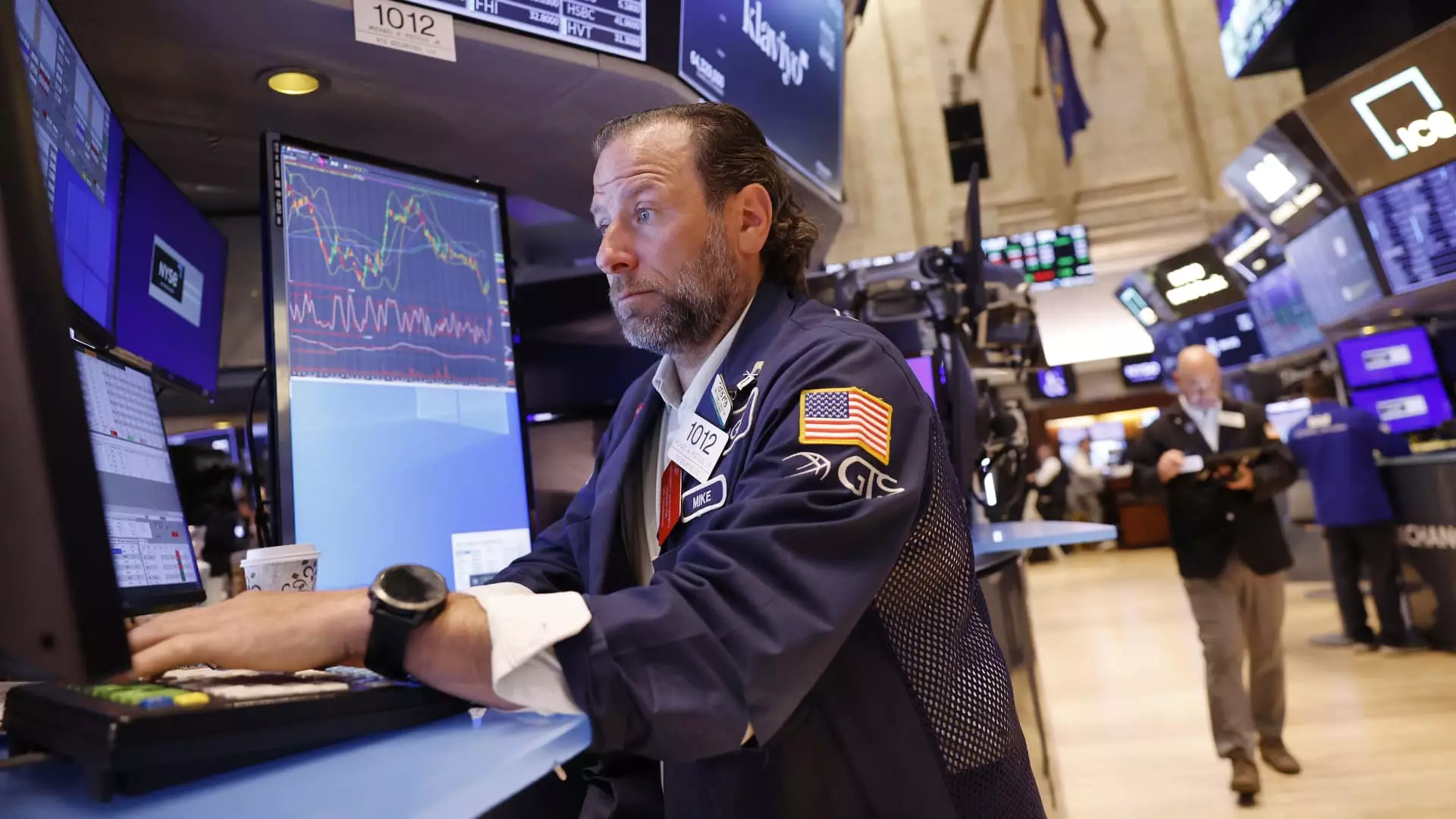As the Federal Reserve prepares for its upcoming monetary policy decision, the debate over whether to cut interest rates continues to loom. Fund manager Freddie Lait suggests that the only reason the Fed might consider a rate cut would be to help the U.S. cover interest payments for its national debt. Despite this, the current interest rate level is deemed “perfectly fine” by Latitude Investment Management’s Lait to balance inflation and growth outlook for the U.S. economy. Lait argues that with inflation stabilizing and signs of economic recovery, there is no economic rationale for a rate cut at this time. The focus should be on maintaining stability rather than reacting to external pressures.
The U.S. government is facing challenges in servicing its escalating debt, exacerbated by interest rate hikes, tax cuts, and stimulus programs. According to the Congressional Budget Office, federal spending on interest payments is forecasted to reach $870 billion this year, reflecting a significant 32% increase from the previous year. The exponential growth in government spending on debt is a concern for the upcoming presidential election winner, as choices will have to be made regarding economic policies moving forward. The looming question is whether the U.S. debt load is becoming unattractive for key international investors, potentially leading to higher yields or lower government spending.
Freddie Lait suggests that the U.S. national debt’s level is not the primary concern, but rather the changes and construction of it. He points out that the growth in interest payments is alarming and could have substantial consequences for economic stability. While it may seem like a conspiracy theory, the reality is that debt levels have been increasing steadily over the years. The focus should shift towards managing the debt effectively to prevent further financial strain on the economy.
The Federal Reserve faces a challenging decision regarding interest rates in light of the U.S. government’s increasing debt burden. While there may be pressure to lower rates to accommodate interest payments, the Fed must prioritize economic stability and long-term growth. With uncertainties surrounding the global economy and ongoing recovery efforts, the Federal Reserve’s decision will have far-reaching implications.
The Federal Reserve’s dilemma on interest rates reflects a broader concern over the U.S. economy’s financial health and stability. While there are arguments for both maintaining current rates and considering a rate cut, the focus should be on strategic decision-making to address long-term economic challenges. As the Federal Reserve navigates through these uncertain times, clarity and foresight will be essential in shaping the U.S. economy’s future trajectory.

Leave a Reply